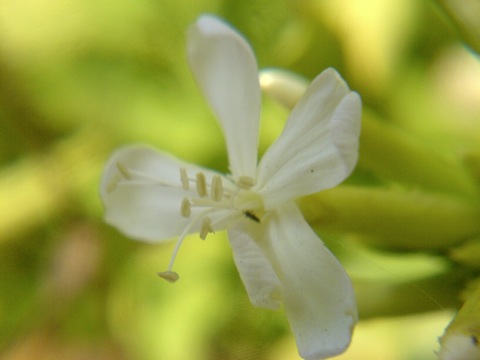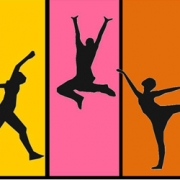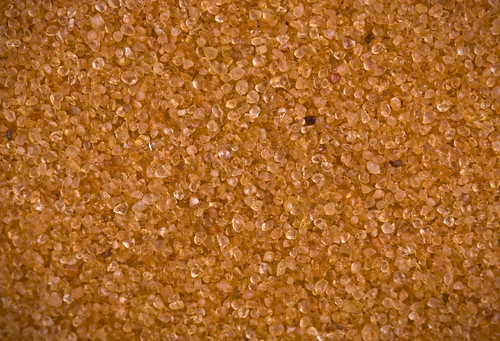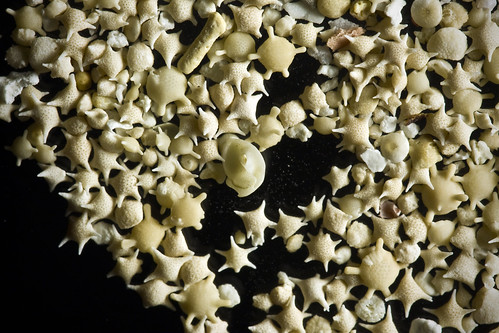Recently in ideas Category
As the deadline approaches we’re, as usual, fielding lots of queries about music. I don’t know, what are you like? Reading the rules at the last minute, tsk. :-)
These two sites are terrific sources of music that you can (mostly) use. If you pick something from these, please keep a note of the page you downloaded from and the name of the track — you’ll need to tell us that information when you upload your film.
- Kevin MacLeod’s free music archive (which, unlike just about everywhere else which says ‘royalty-free’, actually means it).
- Free Music Archive (everything here is free, but make sure the specific license doesn’t include a ‘no-derivatives’ clause. If you’re in any doubt, drop us a query with a link to the track you want to use).
The coming weekend sees the return of Maker Faire to Newcastle. SciCast will be there running a stand, making films and trying not to trip people up with tripods and lighting stands, but last weekend we filmed another group’s preparations:
Too much fun. Click through to the film at Vimeo or this subtitled version.
Of course, in our book cardboard and wood are engineering materials. While this particular film is rather too long to count for SciCast (not to mention that entering our own competition is probably against the rules, or something), we’d just love it if someone submitted a film of a game like this.
Meanwhile: see you in Newcastle this weekend?
A new climate survey began last week and everyone in the UK is invited to take part. There’s a list of four things you can do to help:
- Look out for aircraft trails (contrails)
- Watch cloud movement to record wind direction
- Record how hot or cold you feel, and
- Blow bubbles to measure wind speed and direction near the ground.
Yes, you’ve read number four correctly: blow bubbles. You don’t even have to buy a bubble blowing kit — just watch this video from Open Air Laboratories (OPAL) and learn how to make your own bubble blower cone using only a couple of sheets of paper:
OK, fun and easy, but… why? It’s not as loopy as it sounds — if you blow bubbles outdoors, the way they move can help you determine airflow patterns and speed close to the ground. The meteorologists at the Met Office and the Royal Meteorological Society have written a well-illustrated field guide to show you what to do, and explain what they hope to learn from the data you and thousands of others submit.
The results from all four activities will be published on the OPAL website. You can ask experts questions about the climate, find activities, games and the latest news, and share your weather photos.
Also: lovely idea for a film, no?
One of the things I never managed to bring into the How2 studio was a rubber-powered free-flight model aeroplane. They’re amazing things: gossamer-light, profoundly fragile, yet flying slower than seems remotely possible.
Float is a documentary film that’s in production, but while we’re waiting for it — grab yourself some plans, make a simplified version of one of these models, and put together a SciCast film of your triumphs and disasters. There might be other plans out there too — I found the ones at that link after just a few minutes’ Googling.
Jaded old coot that I am, I don’t often see demonstrations that are new to me. So this film has made my day. Things I think could be better:
- Clamp or at least brace a (probably rather slow) power drill. I think the movement of the centre of rotation rather spoils the effect, or at least clouds the argument.
- A long-exposure photograph should show very lovely trails, which might make it easier to see that the sparks are moving radially (plus or minus a little momentum as they’re ejected from the sparkler). Even better if you can arrange everything vertically.
Sounds like a wonderful idea for a beautiful and useful SciCast film. We’re too good to you.
Obviously: burning things, so schools will want to complete a risk assessment and at home you’ll want to keep anything flammable well away, even with ‘indoor’ sparklers. Eye protection would be a good idea. Think carefully about other things we may not have caught here.
I’ll confess, I never thought of ‘sand collecting’ as being a thing until now. Apparently people do it. Who knew?
However, there’s something rather beautiful about this collection of photographs of sand. We don’t get many geology or earth science films for SciCast, and there’s clearly some interest to be had in exploring the world around you in close-up detail. You may not have a proper macro lens for your camera, but it’s surprising what you can achieve filming through a magnifying glass or a photographer’s loupe. Here’s a picture I took with one of those and a really rubbish old mobile phone camera:

Could be worse, right?
What can you tell us about sand formation, or different types of soil or rock, or plant reproduction, using these sorts of detail shots?
I can’t wrap up this post without one more picture, though: star sand. Who knew this stuff existed? Click through for notes from the photographer.
(sand photos by Flickr user Mouser Williams, published under CC BY-NC-SA.)
 We’re not entirely sure what’s going on here, quite likely we plain missed an email from someone? However, it looks like there’s a SciCast-related dance event being held at Dance Base in Edinburgh on Sunday 20th February. As I write, that’s tomorrow.
We’re not entirely sure what’s going on here, quite likely we plain missed an email from someone? However, it looks like there’s a SciCast-related dance event being held at Dance Base in Edinburgh on Sunday 20th February. As I write, that’s tomorrow.
Which is exciting. Also cool. We love it when things like this crop up, even if we’ve no idea what’s going on nor who’s doing it. We suspect the involvement of the Royal Observatory, Edinburgh, who did something vaguely similar last year, but we really don’t know.
If you want to know more — in fact, if you want to know precisely as much as we do — have a look at the Dance Base page for the session. And drop us a note if you go!
(Image: Dance Base)
Arvind Gupta is an Indian science communicator who specialises in making toys from the sorts of stuff you probably have lying around the house. His website is full of terrific ideas and starting points, and his YouTube channel has hundreds of films like the one above.
Pretty much any of Gupta’s ideas could be used as starting points for SciCast films. In fact, they’re very similar to the things we used to do on CITV’s The Big Bang, which was one of the inspirations for SciCast in the first place.
Get making!
Here’s a terrific source of ideas — the American Science Buddies website. They have a huge catalogue of project ideas, categorised by subject area, difficulty, how long they might take, and how much materials might cost you. There are also extensive links lists to source materials, to get you started.
Projects in the vast directory range from mucking about with yeast to making your own seismograph. There are about 700 ideas in there, so you should find something to your liking.
Great stuff.

The School's running again, and they're blogging daily updates. Yesterday, for example, they were making bristlebots just like the ones in this film.
Worth keeping an eye on to see what else they get up to.


